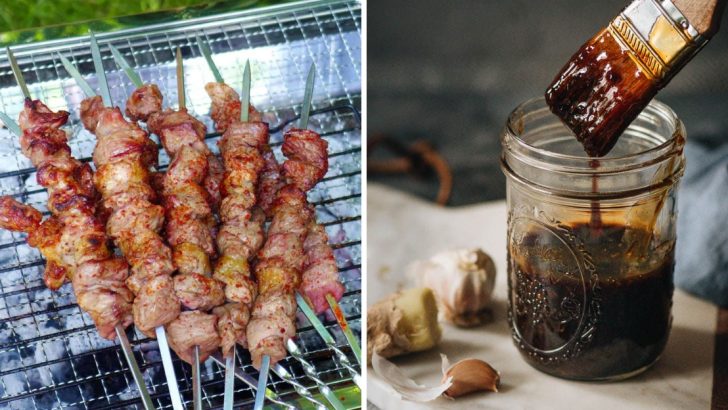Barbecue brings people together across cultures, but the grilling traditions of China and America couldn’t be more different. From cooking techniques to flavor profiles, these two BBQ styles represent distinct culinary worlds.
Let’s explore the fascinating contrasts between Chinese and American barbecue that make each tradition unique and delicious in its own right.
1. What Is American Barbecue?
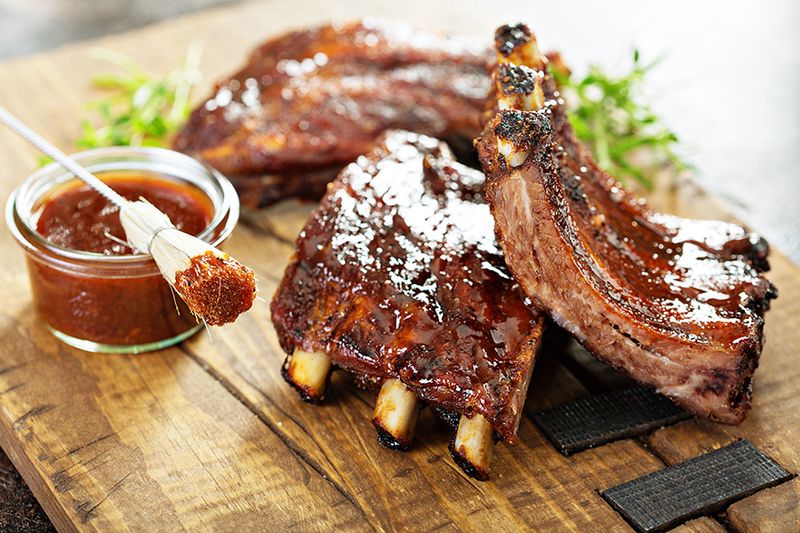
Smoke, time, and regional pride form the holy trinity of American barbecue. This isn’t just cooking—it’s a near-religious experience where pitmasters spend up to 18 hours babysitting slabs of meat over smoldering hardwoods.
Four distinct kingdoms rule this carnivorous landscape: Carolina’s vinegar-doused pulled pork, Kansas City’s thick-molasses ribs, Texas’ salt-and-pepper beef brisket, and Memphis’ dry-rubbed specialties. Each region would rather start a civil war than admit another style is superior.
2. What Is Chinese Barbecue?
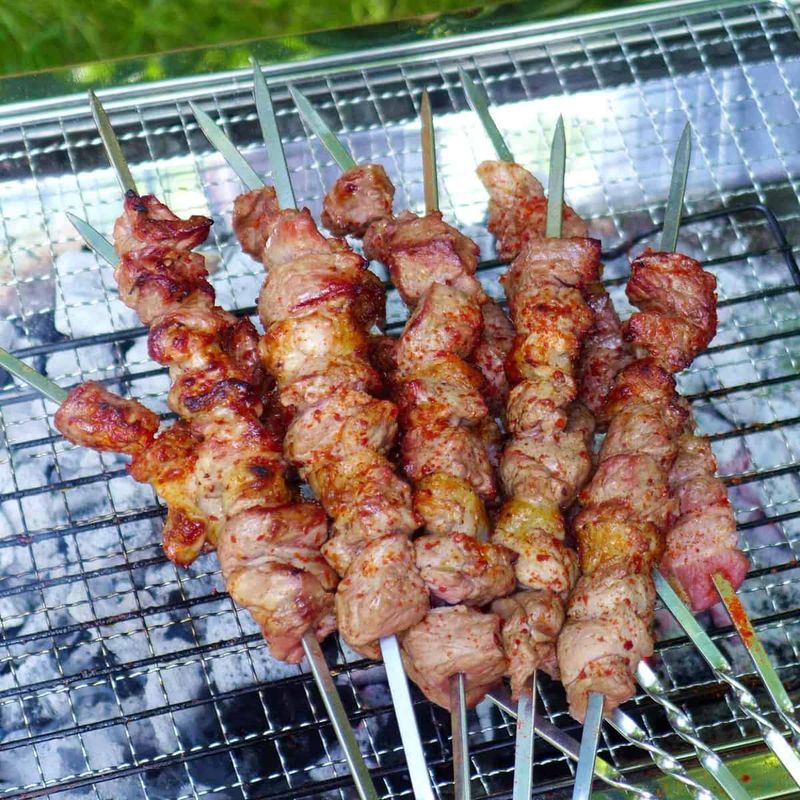
Chinese barbecue—a fiery, fast-paced affair that’s worlds apart from its American cousin. Forget the day-long smoking marathon; Chinese cooks flash-grill marinated meats over blazing charcoal in minutes, not hours.
Char siu (that gorgeous red-lacquered pork) reigns supreme in Cantonese tradition, while northern Chinese regions embrace cumin-dusted lamb skewers cooked street-side on portable grills. The flavor profile dances between sweet, savory, and aromatic with five-spice powder, hoisin sauce, and shaoxing wine taking center stage.
3. Most Chinese Bbq Comes In The Form Of Kebabs

Skewers rule the Chinese BBQ scene with an iron fist! While Americans worship at the altar of whole cuts, Chinese grill masters thread bite-sized morsels onto skinny metal spears for maximum flavor absorption and lightning-fast cooking.
Walk through any night market from Beijing to Chengdu and you’ll be assaulted by the intoxicating aroma of chuanr—meat skewers kissed by flames and showered with cumin, chili, and a secret weapon: 13-spice powder. The genius lies in the surface-area-to-volume ratio—more crispy edges, more caramelization, more flavor explosions per square inch.
4. Organ Meat Is Just As Common As Pork, Beef, And Chicken
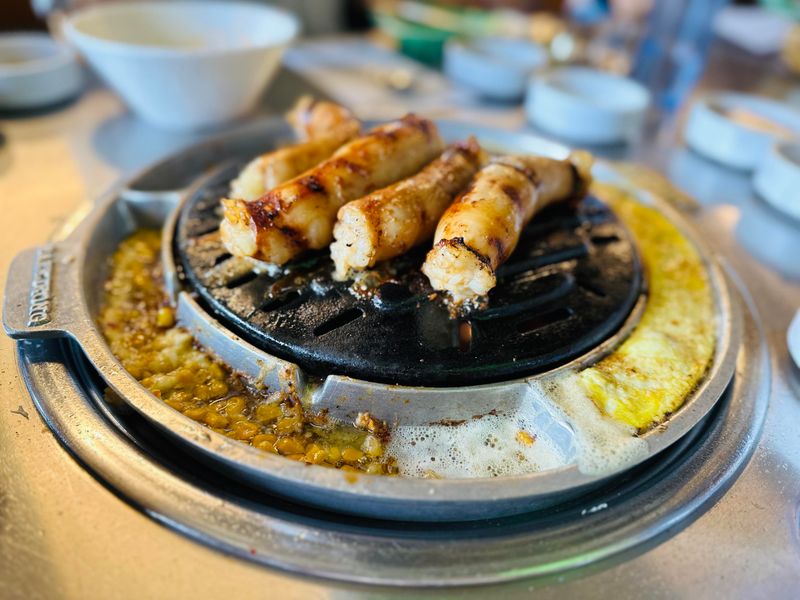
Squeamish Americans might clutch their pearls, but Chinese BBQ embraces the whole animal with unapologetic gusto! Chicken hearts, duck tongues, and pig intestines transform from “eww” to “mmm” after meeting fire, spice, and skilled hands.
These organ meats aren’t relegated to adventurous eaters—they’re mainstream stars. Grilled chicken hearts offer concentrated flavor bombs with a tender-firm bounce that prime steak can’t match. Skewered duck tongues deliver a gelatinous-crisp texture contradiction that sends taste buds into confused delight.
5. There Are Plenty Of Vegetarian Chinese Barbecue Options
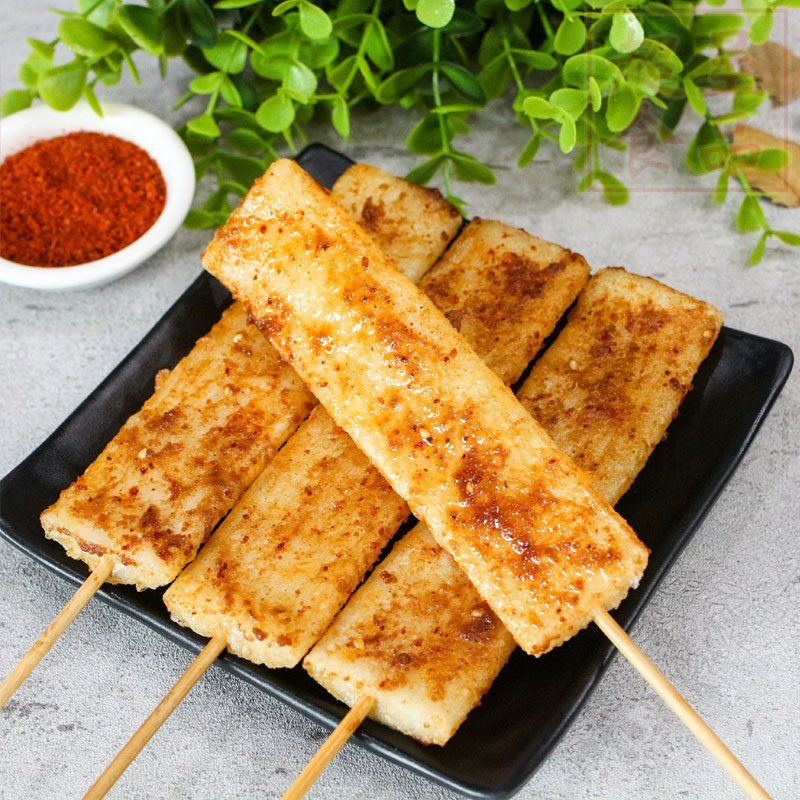
Forget the meat-or-nothing mentality of American BBQ joints! Chinese grill masters elevate vegetables from sad side dishes to star attractions with the same fire-kissed techniques reserved for proteins.
King oyster mushrooms—thick, meaty cylinders—absorb marinades like sponges before developing crisp exteriors that could fool committed carnivores. Lotus roots transform into smoky-sweet chips with satisfying crunch. Even humble eggplant becomes transcendent—split, scored, and grilled until the flesh turns custardy beneath a crackling skin.
6. Booze Is A Crucial Part Of The Chinese Barbecue Experience
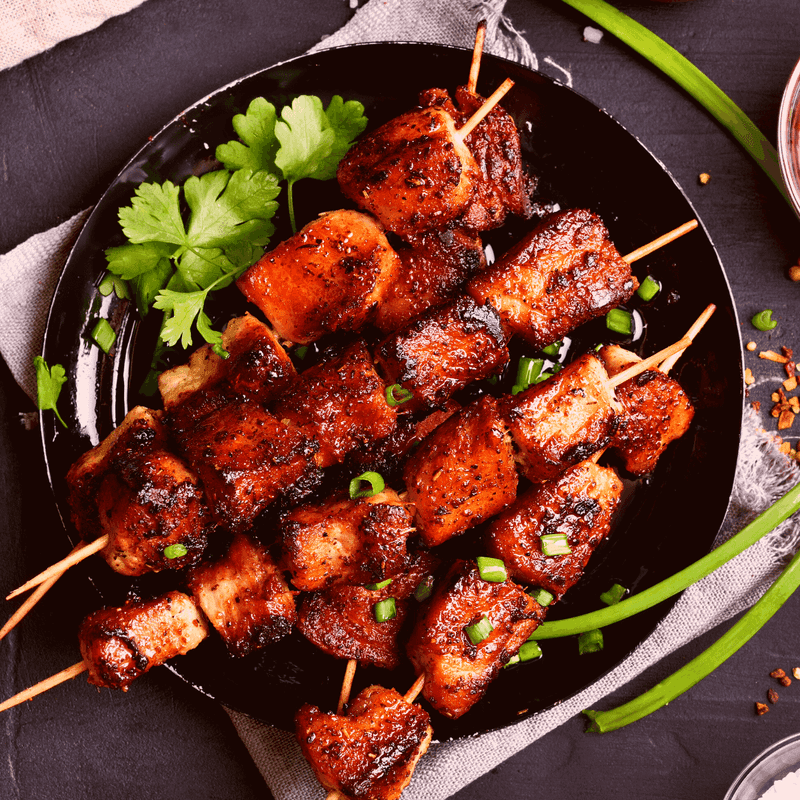
Baijiu—China’s fiery white spirit—crashes the BBQ party with all the subtlety of a flaming meteor! Unlike American cookouts where beer quietly complements the food, Chinese grilling sessions elevate drinking to an essential ritual with synchronized toasts punctuating every few bites.
The potent grain alcohol (often 50-60% ABV) creates a fascinating chemical reaction with spicy barbecued meats. The burn of chili meets the burn of alcohol in a masochistic tango that somehow enhances both experiences. Small cups refilled endlessly keep the social gears well-oiled.
7. Chinese Barbecue Sauce Is Stickier And Sweeter
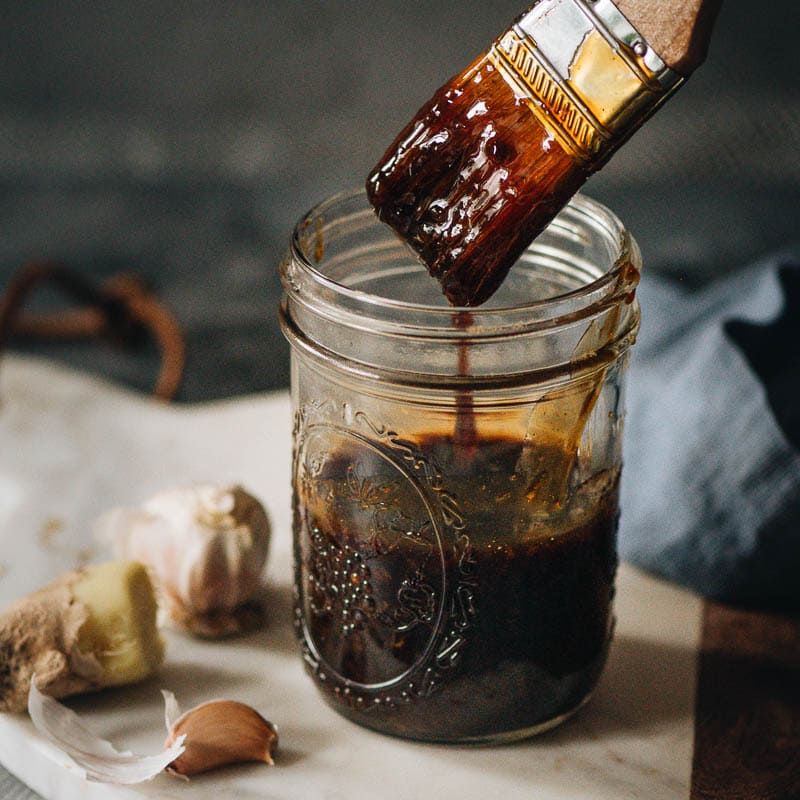
Maltose—the secret weapon that makes Chinese barbecue glisten like it’s been varnished by fine furniture makers! This super-thick syrup creates that mirror-like lacquer on char siu that Americans find hypnotizing.
While American sauces lean on tomato, vinegar, or mustard bases with varying sweetness, Chinese glazes build upon soy sauce foundations with honey, hoisin, and that magical maltose. The result? A sauce that clings desperately to the meat rather than dripping off, concentrating flavor with each bite.

